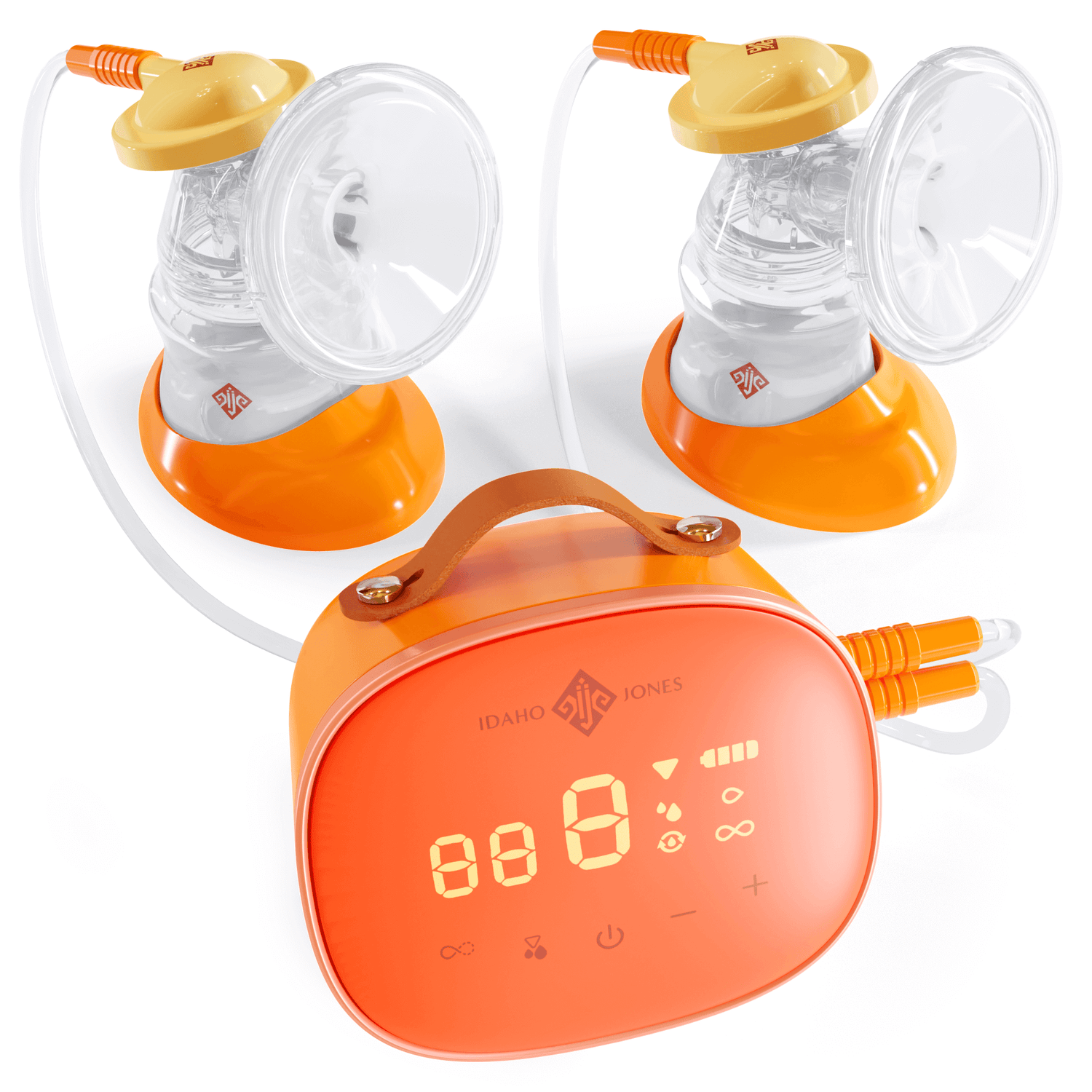Got (Sour) Milk? Just What is High-Lipase Breastmilk?
So, you’ve developed a little freezer stash and you’re ready to return to work. Maybe you’re not exactly psyched, but you are ready. Aren’t you? On the evening of your return to work, your partner gives the baby a practice bottle. A “dry run,” so to speak. What could go wrong?
Well, if you’re one of those moms who produces high-lipase breastmilk, plenty. It really could turn out to be a “dry run,” pun intended.
Lipase is a naturally occurring enzyme that aids in the digestion of milk fat. It is naturally produced in our bodies and some is secreted into breastmilk to aid in your baby’s ability to break down and utilize all the important nutrient components in your milk. It is perfectly normal, natural, and safe for consumption.
Some mothers produce milk containing a little more lipase than other mothers. Again, not a cause for concern.
Trouble arises when mothers who “over produce” lipase pump and store their milk. The lipase remains active while the milk is refrigerated, or, if it has been frozen, the lipase is reactivated during thawing and warming. The lipase will begin breaking down the milk fat before the baby even has a chance to drink that bottle. By the time the bottle is prepared and offered to the baby, milk with a high lipase content will have taken on a soapy, or even fishy, odor and taste, a taste that baby is likely to refuse.
What a pity for the unsuspecting mother who has socked away a freezer stash of high-lipase content breastmilk!
Before you build up your stash, test a sample. Pump a few ounces and leave it in the fridge overnight, then take it out and give it the smell test. In all likelihood, it will still smell (and taste) sweet.
If you are one of those few mothers who produces milk with a high-lipase content, you will know by the smell. Technically, your milk is still good and safe for consumption, but your baby might not think so.
Do not despair! There is a fix. It will take a few extra steps but it will allow you to pump and store your milk for your baby.
The fix is to scald the milk by heating it to just below boiling—180 degrees Fahrenheit (use a thermometer, stop at 180 degrees, do not continue to a rolling boil). At 180 degrees Fahrenheit the lipase enzymes are destroyed. Remove from heat, cool, and store.
Unfortunately, good bacteria are also destroyed at 180 degrees Fahrenheit, and the milk offers less immune protection than it would otherwise. That’s okay, it’s still the best food for your baby. Plan to direct breastfeed frequently or pump and give your fresh breastmilk to your baby as much as you can.
Wishing you every success on your breastfeeding journey!



